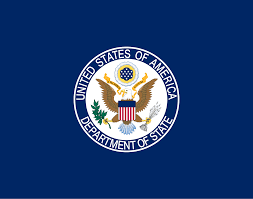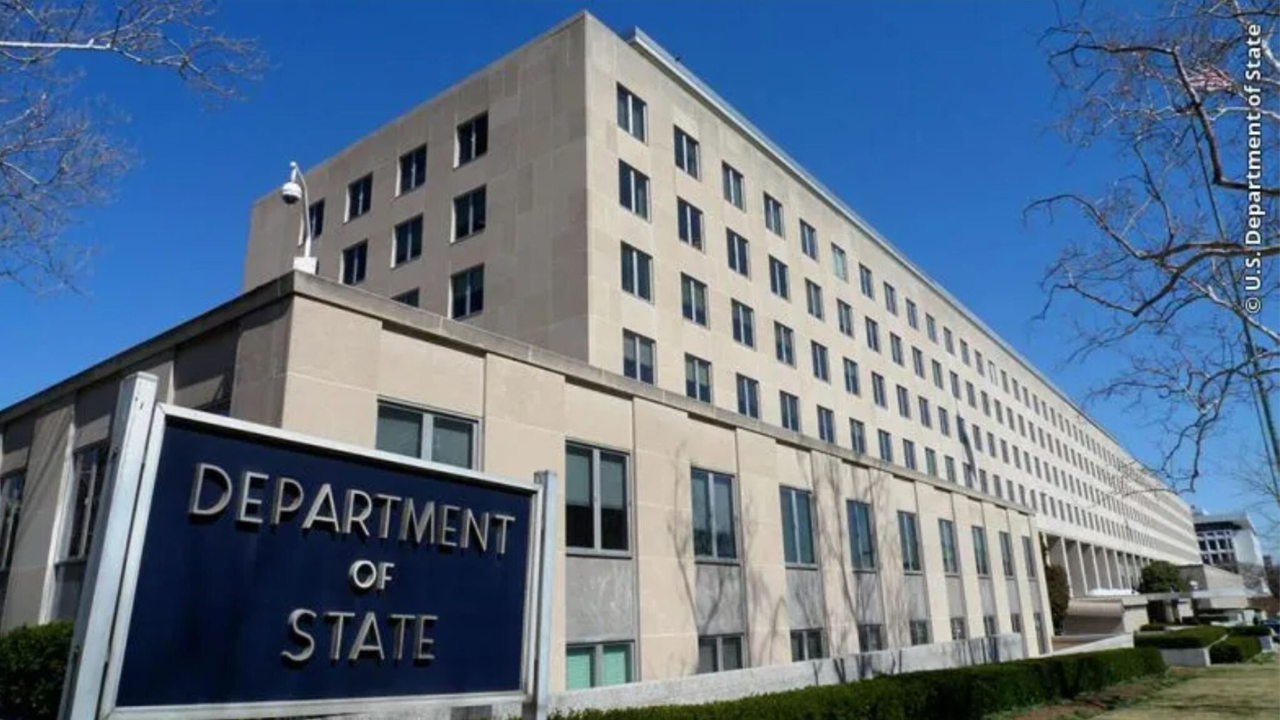US State Department Begins Major Layoffs
The U.S. State Department has started letting go of a large number of employees in a sweeping effort to slim down its domestic staff. Here’s what’s happening and why US state department begins major layoffs.

1. What’s going on?
-
The department is cutting about 15–18% of its 18,000 U.S.-based staff, which is nearly 1,300–1,800 jobs being removed—both civil “desk” workers and Foreign Service officers
-
This follows a Supreme Court ruling that allows the government to proceed with these mass layoffs, despite legal challenges
2. Why is this happening?
-
The move is driven by a plan to reduce redundancy and streamline operations, eliminating overlapping offices—like three separate sanctions teams—and closing or merging hundreds of bureaus
-
Officials say it’s about making the department leaner and more focused on core foreign-policy goals, and reducing so-called “bloated bureaucracy”
3. Who is affected and how?
-
Roughly 1,107 civil servants and 246 Foreign Service officers received notices by email. Civil servants will leave in 60 days, foreign diplomats have 120 days before separation.
-
In addition, voluntary departures (like early retirements) might bring the total workforce drop to almost 3,000 employees
4. Which parts are most affected?
-
Non-core offices—immigration, refugee, democracy promotion, human rights, and some Afghanistan-related functions—will face the most changes. Some will be defunded, merged, or refocused
-
A newly created “remigration” unit will prioritize deporting certain migrants instead of aiding legal immigration .
5. What do critics say?
-
Experts warn that the cuts will weaken U.S. diplomacy during a critical time, with crises like the Russia-Ukraine war and tension in the Middle East
-
The American Foreign Service Association, which represents diplomats, says these are “blanket, ideologically driven cuts” and could seriously harm U.S. foreign policy
-
Critics also note the loss of institutional knowledge, morale, and experienced leaders across key departments.
6. What happens next?
-
A transition period is underway: offices are merging, employees are checking out equipment, and new org charts will be rolled out.
-
Deputy Secretary Michael Rigas and Secretary Marco Rubio frame the plan as a deliberate reorganization—not targeting people, but aligning roles with mission priorities.
-
Some legal challenges remain from groups like unions and non-profit organizations seeking to protect federal employment rules.
Why It Matters
-
Diplomatic strength: Fewer staff may reduce U.S. influence abroad.
-
Efficiency vs. experience: Cutting “redundant” roles may save costs—but risk losing specialists.
-
Policy shift: Moves show a pivot toward “America First” priorities and less focus on global democracy and human rights programs.
Key Takeaways (for Beginners)
| What? | Details |
|---|---|
| What happened? | The State Department is laying off 15–18% of its U.S. staff—about 1,300–1,800 jobs. |
| Why? | To reduce overlapping functions, streamline operations, and focus on priority policies. |
| Who’s affected? | Mainly employees in domestic offices, both civil and foreign service; separations over 60–120 days. |
| Main worries? | Less diplomatic reach, loss of expertise, ongoing legal challenges. |
| Next steps? | Offices are merging, equipment check-ins are happening, and lawsuits may continue. |
Final Thoughts
This is the biggest shake-up of the State Department in decades. Supporters argue it makes diplomacy more efficient and mission-driven. Critics warn it could dim U.S. influence during tense global times. The coming months will be telling: will the restructure improve or weaken America’s diplomatic power?
Sources:-

















